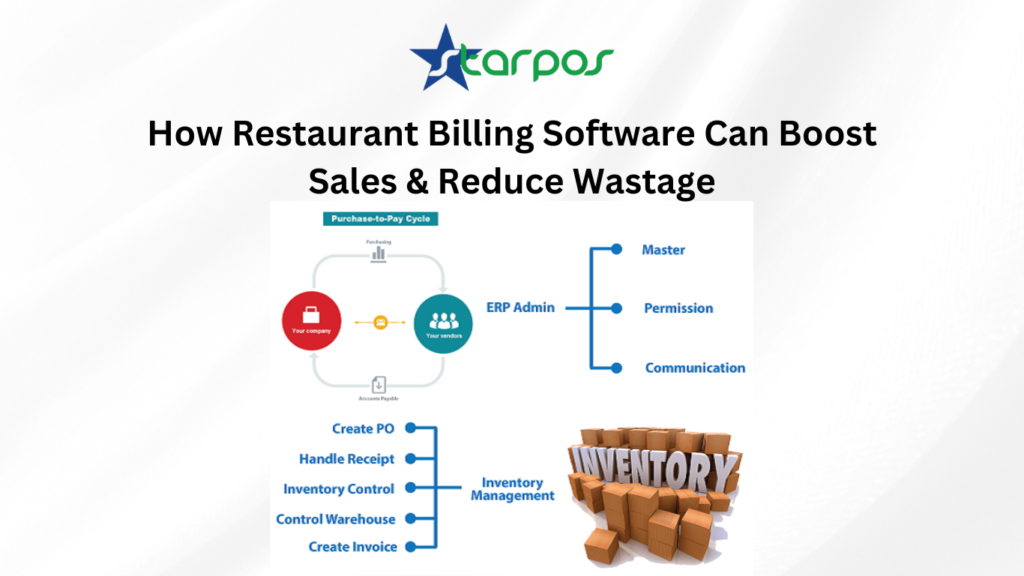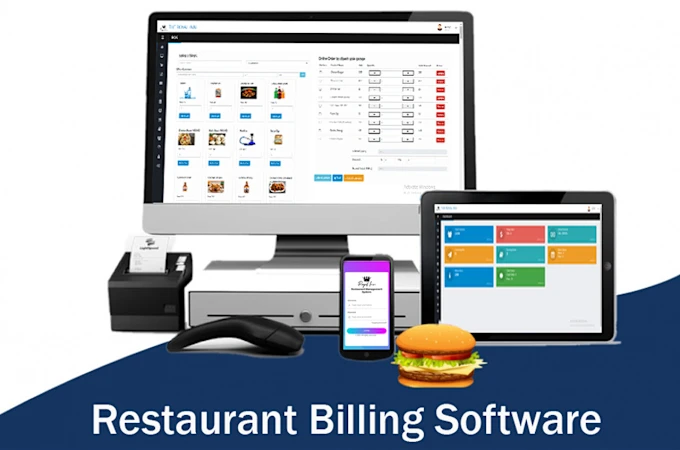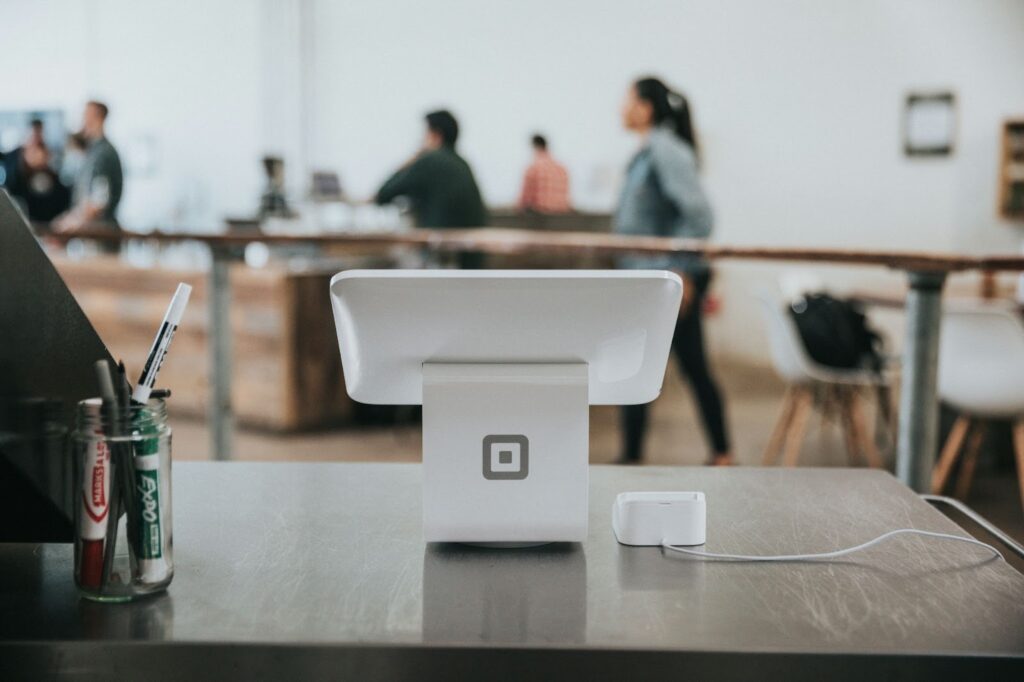
Introduction
In today’s competitive food industry, efficiency and profitability are crucial for success. Restaurant billing software is more than just a tool for generating invoices—it plays a vital role in boosting sales and reducing wastage. This blog explores how the right restaurant billing software can optimize operations, increase revenue, and minimize losses due to food waste.
1. Streamlining Order Management
Efficient order management is key to enhancing customer experience and maximizing sales. A modern POS system allows restaurants to:
- Take orders quickly and accurately.
- Reduce human errors in manual billing.
- Process payments seamlessly with multiple payment options.
Faster order processing means quicker table turnovers, leading to increased sales and happier customers.
2. Inventory and Stock Control
One of the biggest challenges in the restaurant business is managing inventory. Restaurant billing software provides real-time tracking of stock levels, helping to:
- Monitor ingredient usage and prevent overstocking.
- Reduce wastage by ensuring proper stock rotation.
- Generate automated alerts for low-stock items to prevent shortages.
By integrating inventory management with billing, restaurant owners can cut down unnecessary expenses and maximize profit margins.
3. Data-Driven Sales Insights
A robust billing software provides valuable analytics and reports, such as:
- Best-selling and least-selling items.
- Peak sales hours and customer preferences.
- Profit margins on individual dishes.
These insights help restaurant owners make informed decisions about menu pricing, promotions, and marketing strategies, ultimately driving more sales.
4. Enhancing Customer Experience & Loyalty
Loyal customers are the backbone of any successful restaurant. A billing system with customer relationship management (CRM) features allows businesses to:
- Offer personalized discounts and loyalty programs.
- Maintain a database of customer preferences.
- Send promotions and offers via SMS or email.
A smooth and personalized dining experience encourages repeat visits and word-of-mouth marketing.
5. Reducing Food Wastage
Food wastage is a major concern in the restaurant industry, leading to financial losses and environmental impact. A well-integrated restaurant billing system helps to:
- Track portion sizes and prevent over-preparation.
- Identify wastage patterns through detailed reports.
- Optimize procurement based on historical sales data.
By minimizing wastage, restaurants can significantly increase their profitability while promoting sustainability.
6. Seamless Integration with Online Orders & Delivery
With the rise of online food ordering, integrating a billing system with food delivery platforms ensures smooth operations by:
- Automatically syncing online orders with the kitchen.
- Reducing manual errors in order entry.
- Tracking sales from multiple channels in one place.
This helps restaurants maximize revenue by efficiently handling both dine-in and online orders.
7. Improving Compliance & Tax Management
Tax regulations and compliance can be complex, but restaurant billing software simplifies this by:
- Automatically calculating GST, VAT, and service charges.
- Generating tax-compliant invoices and reports.
- Ensuring accurate financial records for audits.
This reduces the risk of errors and penalties, allowing restaurant owners to focus on growing their business.
Conclusion
Investing in the right restaurant billing software is a game-changer for any food business. It not only streamlines operations and improves efficiency but also helps boost sales and minimize wastage. By leveraging technology, restaurant owners can enhance customer satisfaction, optimize resources, and drive long-term profitability.


